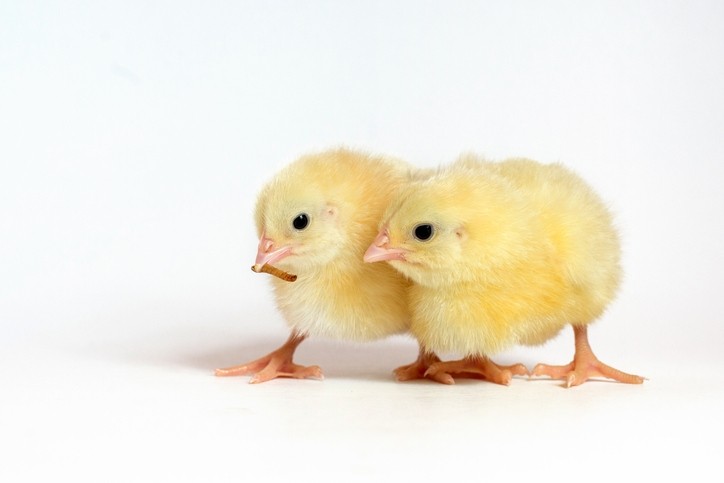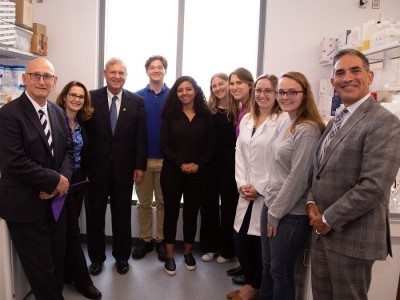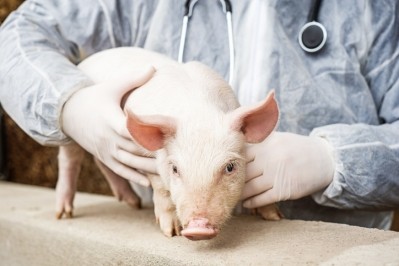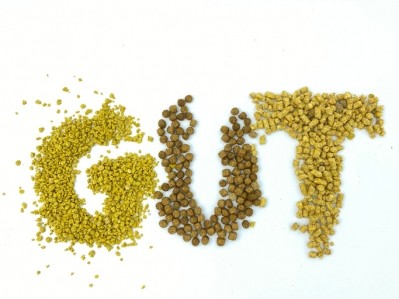Clove and tulsi blend may improve growth performance and gut health of broilers

“In this study, a combination of 1% clove powder and 3% tulsi extract resulted in the improvement of feed intake, weight gain, feed efficiency, carcass weight, gut morphometric indices as well as gut health of broilers.
“Based on these findings, it is concluded that a combination of clove (1%) and tulsi (3%) can be used as a growth promoter as well as a potential substitute for AGPs.
“However, further study is recommended to investigate the biochemical and meat quality indices in broilers fed clove and tulsi,” said the researchers, all based at Bangladesh Agricultural University.
The study
Due to the increasing risk of antimicrobial resistance (AMR), there is a dire need to find alternative to antibiotics, they stressed.
Hence, the aim of their work was the evaluation of the impact of clove powder and tulsi extract on the growth performance, gut morphologic and morphometric indices, and cecal microbial status of broilers, as an alternative to antibiotic growth promoters (AGPs).
There are abundant resources on the individual effect of tulsi and clove in poultry species. However, there is no report on their combined effects on the growth performance and gut health of broilers, said the authors.
Sixty chicks of the Cobb-500 strain were randomly divided into four groups. The birds in the control group (T0) were fed commercial broiler feed with no additional supplementation.
The birds in the experimental groups were offered commercial broiler feed and received clove powder and tulsi extract with drinking water at the rate of 0.5% + 2% (T1), 1% + 3% (T2), and 1.5% + 4% (T3), respectively.
The initial body weight of each broiler was measured on day 7 before the start of the treatment. Feed consumption was documented for each experimental group on a daily basis. The leftover feed, if any, was subtracted from the feed offered. The average feed intake by each bird during the treatment period was then calculated. The final body weight of each broiler was measured on day 28, outlined the team.
Findings
The results showed a nonlinear relationship with the dosage of clove and tulsi, they confirmed.
The researchers saw that all the growth parameters substantially improved in T2 while T1 and T3 showed no significant improvement compared to the control group.
“The final body weight was significantly higher in T2. Giblet and offal weights showed no noticeable differences except in the intestine and heart where intestine weight markedly decreased in T3, and heart weight significantly increased in T1 and T2.”
Clove and tulsi supplementation substantially improved the villus height and villus surface area of the small intestine in T2 while the large intestine remained mostly unaffected by the treatment. According to the previous papers, the intestinal digestibility and absorbability increase with the increase in absorptive surface area of the villi and thus augment the growth performance of broilers, said the team.
Cecal microbial status significantly improved in all the treatment groups, which had an increased Lactobacillus spp. count and a decreased E. coli count compared to T0.
“The increase of Lactobacillus spp. population and decreased E. coli count indicates improved gut health of the clove and tulsi treated broilers,” concluded the scientists.
Feed intake
The results also indicated that clove powder and tulsi extract supplementation, when offered in the optimum concentrations, increase broiler feed consumption, they said.
“Similar findings were reported in earlier studies (Mukhtar, 2011; Agostini et al., 2012; Bhosale et al., 2015; Arif et al., 2022).”
Dalkilic and Güler (2009) saw that clove can be supplemented as a potential alternative to AGPs and that it also improves the feed intake in the broiler, while Vasanthakumar et al. (2013) reported increased feed intake in response to 0.5% tulsi supplementation.
“The improvement in feed consumption in broilers associated with the supplementation of clove and tulsi might be due to the increased appetite resulting from their antimicrobial activity, augmented secretion of enzymes that help in digestion, increased digestive performance, and intestinal absorbability (Yang et al., 2009),” continued the researchers.
However, the level of feed intake is quite dose dependent as the feed intake was found to be decreased at the higher dose of clove (1.5%) and tulsi (4%). “A similar finding was also reported in some of the previous studies (Mustafa, 2016; Al-Mufarrej et al., 2019; Naeem et al., 2022). The reduced feed intake at the high dose of clove (1.5%) and tulsi (4%) might be due to the reduced palatability because of the presence of a high amount of eugenol which decreases gut motility (Daniel et al., 2009).”















